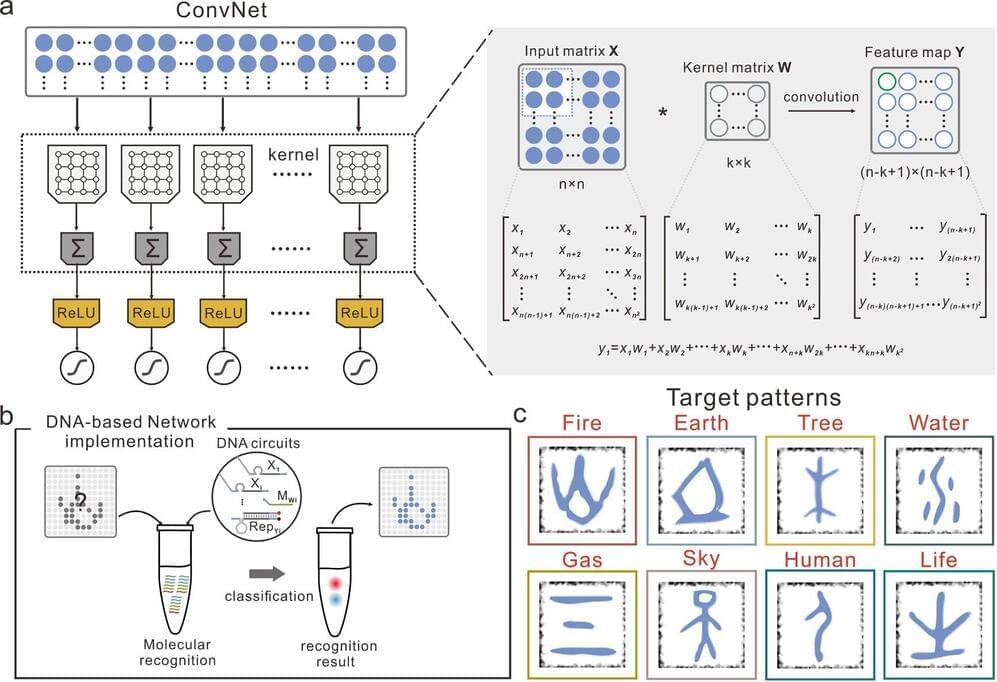Are we alone?
We are two scientists who study exoplanets and astrobiology. Thanks in large part to next-generation telescopes like Webb, researchers like us will soon be able to measure the chemical makeup of atmospheres of planets around other stars. The hope is that one or more of these planets will have a chemical signature of life.
Life might exist in the Solar System where there is liquid water — like the subsurface aquifers on Mars or in the oceans of Jupiter’s moon Europa. However, searching for life in these places is incredibly difficult, as they are hard to reach, and detecting life would require sending a probe to return physical samples.
Many astronomers believe there’s a good chance that life exists on planets orbiting other stars, and it’s possible that’s where life will first be found.







